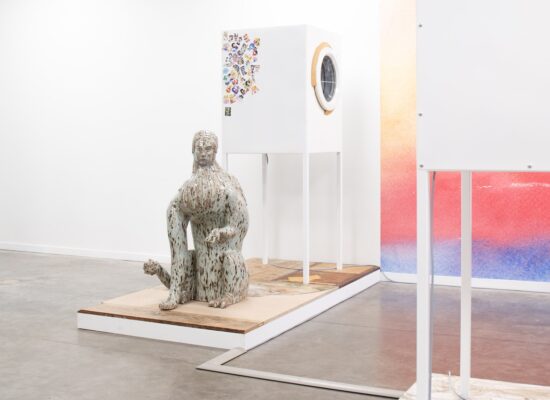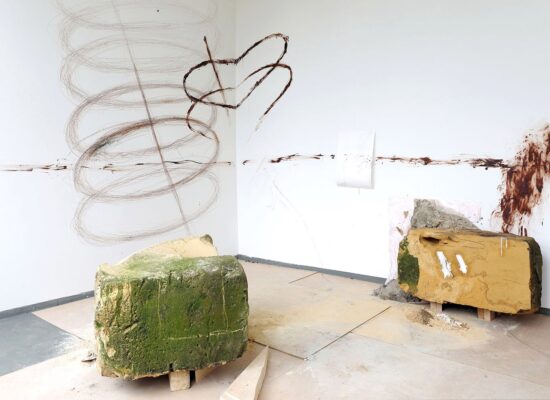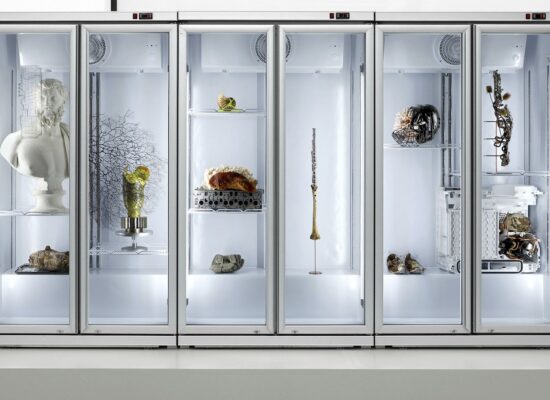How do you describe your own art practice?
My work is characterized by being intuitive while strongly connected to its context, I also rescue expressions of the popular while interlacing my personal history. My practice is process-based with a strong focus on materialities and what I can tell through them. I am interested in rescuing artisanal traditions and highlighting simple and domestic gestures.
I mainly work with sculpture, with precarious found objects and materials, and I also weave and knit. I produce installations and interventions in public spaces. Currently, I am working on projects that prioritize the ephemeral/tactile over the stable/visual. I am trying to reflect on the boundaries between nature and culture that modernity has generated. One example of this is the series of sculptures where I crochet-knit cotton covers to different fruits and vegetables, waiting for them to rot while taking care of this process. Recently, I also came to realize that there is another way, one based on cooperation with nature, where I wait to see what happens.

Which question or theme is central in your work?
I’m currently researching the possibility of care as a new relationship with art, to understand its changes and processes. Accepting the slowing down of time and considering the possibility of aging alongside a work of art also makes me question how we might connect with these objects in a different way.
I wonder if works of art have the ability to affect our perception of the environment. If we manipulate objects, can this act of touching them help us understand their process? And finally, can a simple object/sculpture make us rethink and behave differently regarding ecology? Could this way of working be a form of ecological resistance in a capitalist society?
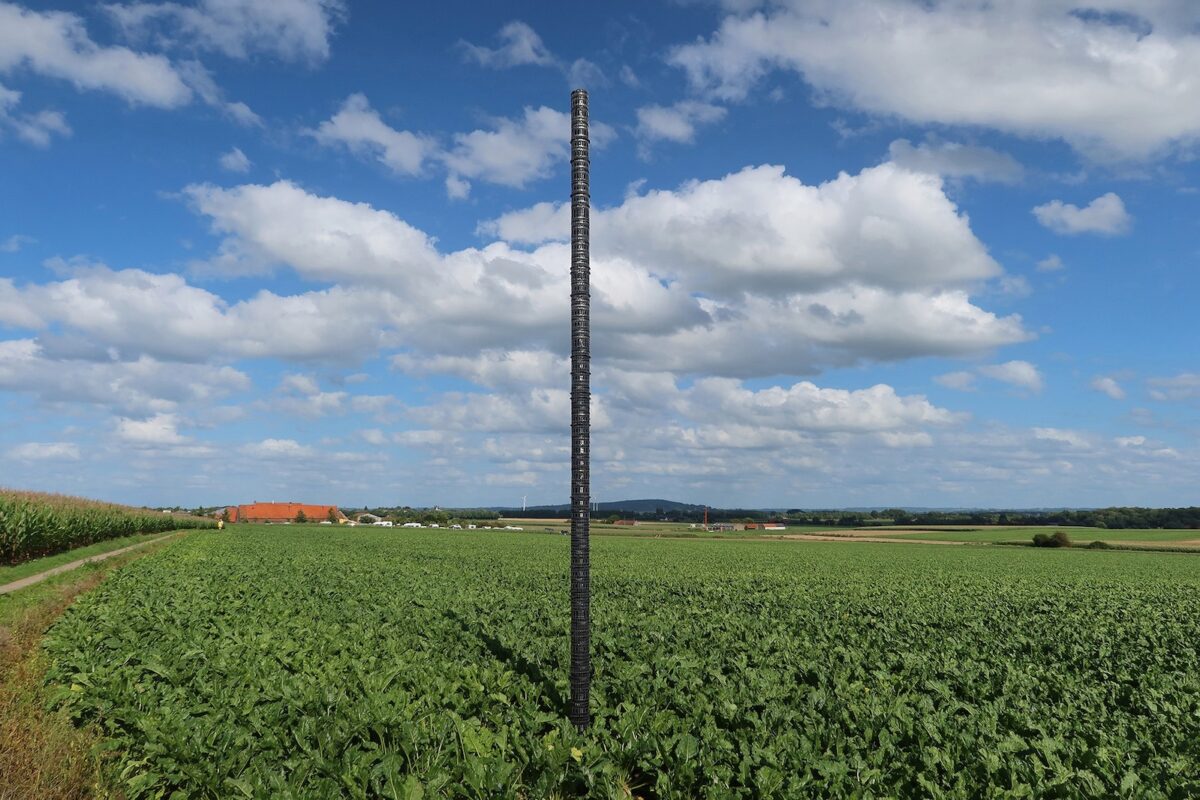
What was your first experience with art?
My first encounter with art was during a long car trip with my family, from south to north, through Chile, and I believe I was around 10 years old. We were passing through the city of Chillán, visiting one of my grandmother’s sisters. It was then that I saw the impressive mural by David Alfaro Siqueiros ‘Muerte al Invasor’ (Death to the Invader, 1942) at a public school called Escuela México, which was a donation by the Mexican government to Chile after the terrible earthquake of 1939. It was the poet Pablo Neruda who managed to bring Siqueiros to Chile.

What is your greatest source of inspiration?
Reclaim everyday experiences and materials and also get closer, with my work, to people who do not necessarily have a deep interest or knowledge of contemporary art. This is why the tactile is so important to me.
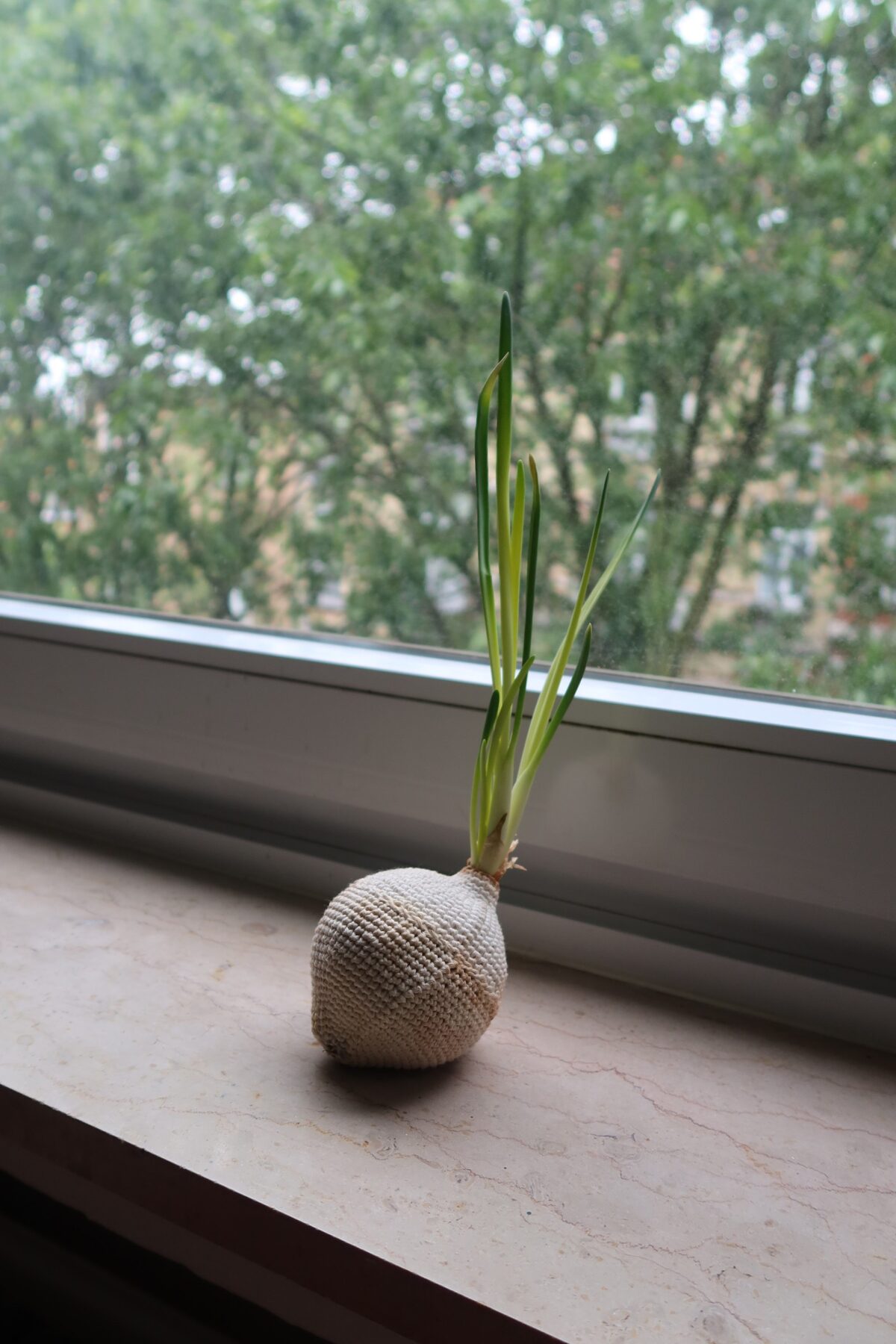
What do you need in order to create your work?
My hands, and hopefully a sunny room and my plants.

What work or artist has most recently surprised you?
Jiri Kovanda. Three years ago, after a study visit, someone wrote his name on a piece of paper for me.

